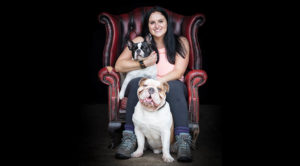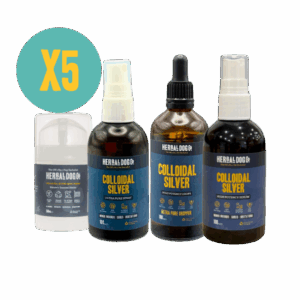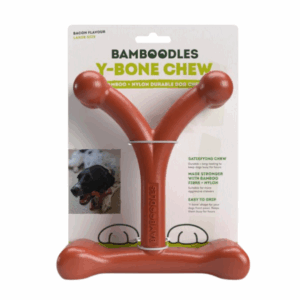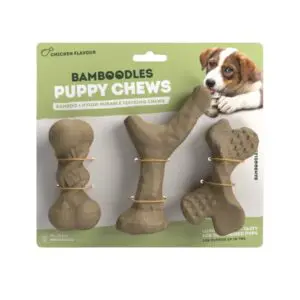Yeast lives naturally in your dog’s gut and aids food digestion, but it can be very dangerous if too much is produced. Too much yeast can cause irritation to the cells that line the dog’s gut and the yeast can then enter their bloodstream. This doesn’t only cause symptoms internally for your dog but can cause fungal infections externally on different parts of the body too.
Indications there is too much yeast in the intestines
The first signs that too much yeast has produced in your dog’s intestines are likely to be diarrhoea, vomiting and loss of appetite. When the stomach lining and the digestive system becomes irritated through the production of too much yeast, your dog’s stomach will react when food is ingested and vomiting and diarrhoea not long after eating is a common sign. Because of the discomfort the dog is feeling internally, he may avoid eating altogether.
Symptoms of a yeast infection in the ears
The main symptoms of a yeast infection in your dog’s ears will be a brownish coloured discharge, the ears will be red inside and the tip of the ear might also be red. The ear will appear inflamed and have a greasy appearance and the fur around the ear may be matted. The ears are likely to smell too. Your dog will be experiencing intense itchiness, so they will likely scratch their ears continuously, rub their heads along the floor or against other objects and shake their heads vigorously.
Signs of a yeast infection on the skin
As a yeast infection can appear on any area of the dog’s body, it can be slightly easier to pinpoint the affected area. Some signs of a yeast infection on the skin include the area looking red and swollen, the skin looks greasy or scaly and there is hair loss on the infected area. Your dog will be constantly licking or scratching the skin and will appear to be experiencing discomfort.
It is important you take your dog to the vet immediately if you suspect it has a yeast infection. If too much yeast is left in the body for a long period of time, it can cause extreme damage to the dog’s internal organs.
There are many dog supplements that can be used to treat a yeast infection alongside any prescribed medication, and the best dog supplements should be natural and herbal. Bathing your dog in a natural dog shampoo can ease the intense itching of a yeast infection. For more information on products to help with yeast, take a look here.





